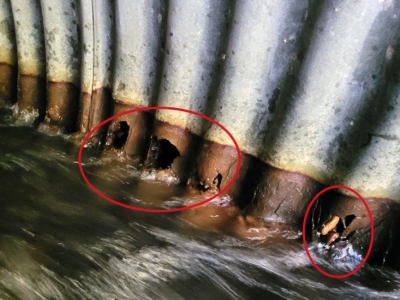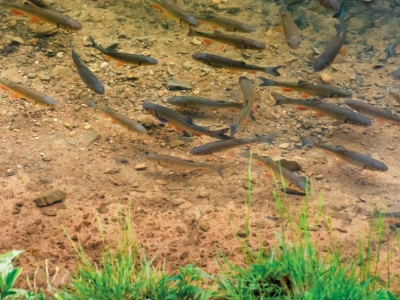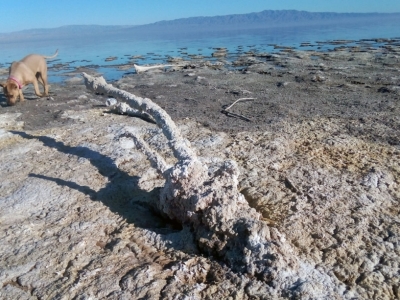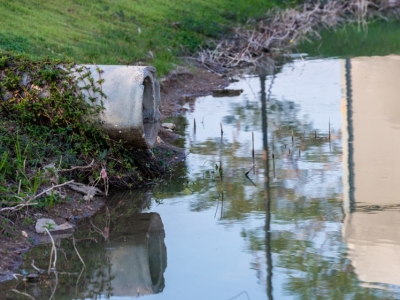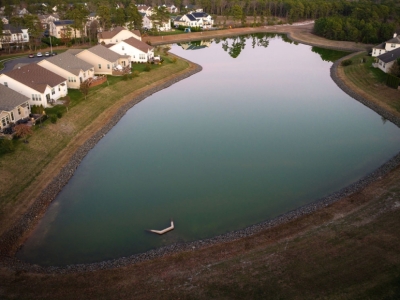The Salton Sea is one of California’s most unusual and tragic landscapes, a place shaped by accident, transformed by ambition, and ultimately pushed toward collapse by the very forces that sustained it for decades. Its story is a long arc of creation, prosperity, decline, and ongoing struggle,…
continue

